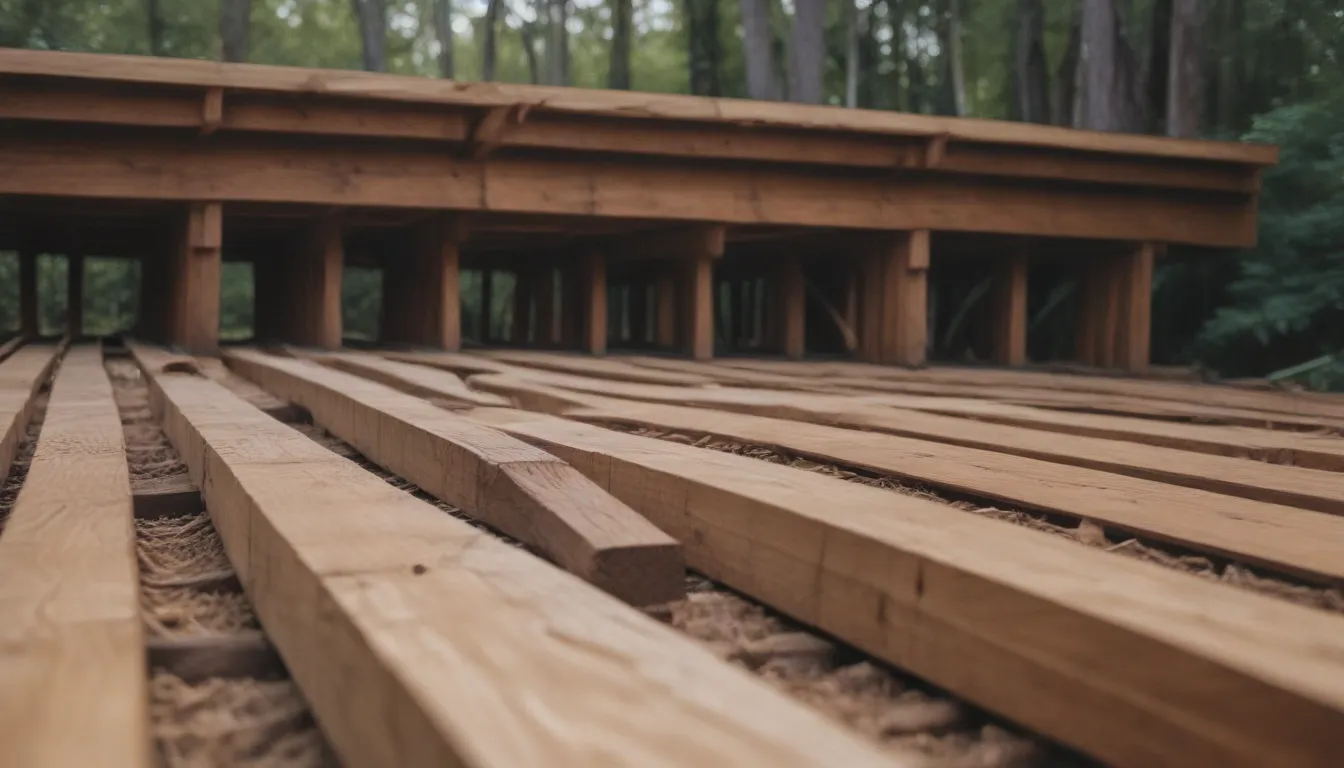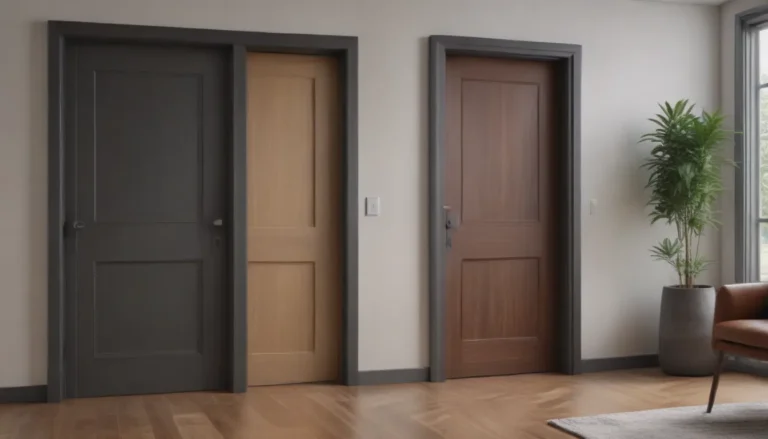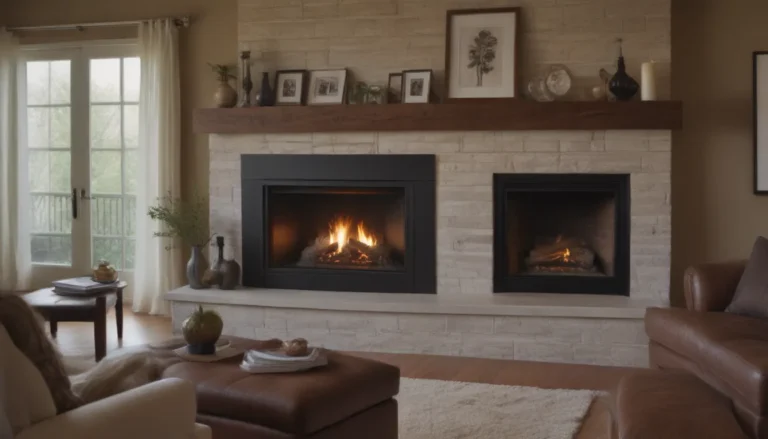The Ultimate Guide to Deck Joist Spacing

Are you planning to build a deck and feeling overwhelmed by the details of deck joist spacing? Don’t worry, we’ve got you covered with all the information you need to plan and construct a strong, sturdy deck. Deck joist spacing is a critical aspect of deck building that directly impacts the safety and durability of your deck. From calculating the right joist span to selecting the appropriate joist size, there are several factors to consider to ensure your deck is structurally sound.
Understanding Deck Joist Spacing
Deck joist spacing refers to the distance between each joist in your deck structure, typically measured from the center of one joist to the center of the next. The joist span, on the other hand, refers to the length of the joist from one end to the other. Both joist spacing and span play a crucial role in determining the overall strength and stability of your deck.
When planning your deck, it’s essential to take into account the type of material you will be using, as different materials have varying weight-bearing capacities. For example, metal joists can typically span longer distances than standard wooden joists. Additionally, local building codes may dictate specific joist spacing requirements to ensure your deck meets safety standards.
How to Calculate Deck Joist Spacing
Calculating deck joist spacing may seem daunting at first, but with the right approach, it can be a straightforward process. Here’s a step-by-step guide to help you determine the ideal joist spacing for your deck:
1. Prepare the Deck Plan
Start by drawing out a detailed deck plan that outlines the size, shape, and layout of your deck boards. Consider factors such as board orientation (perpendicular vs. diagonal) and the number of support beams and posts needed. The complexity of your deck design will influence the joist spacing requirements.
2. Select Decking Material
The type of decking material you choose will impact the joist span and spacing. Whether you opt for pressure-treated lumber, cedar, composite decking, or steel joists, each material has specific structural requirements that must be considered.
3. Choose the Joist Size
The width of the joist is a critical factor in determining its load-bearing capacity. Larger joists can support heavier loads, such as hot tubs or furniture. Use the formula (Joist Span ÷ 2) + 2 to calculate the appropriate joist width for your deck.
4. Calculate Deck Joist Span and Spacing
Based on your deck size, material, and joist size, calculate the desired joist spacing using the formula: Deck Length ÷ (Number of Joists – 1) = Joist Spacing. Aim for 12-inch or 16-inch on-center spacing for optimal support.
Deck Joist Spacing Considerations
Several factors can influence the ideal joist spacing for your deck, including the shape of the deck, deck position, material choice, joist size, load requirements, and board layout. Consider the following factors when planning your deck construction:
Shape of the Deck
The size and shape of your deck will impact the joist spacing requirements. Simplify complex deck designs by breaking them down into standard shapes for easier calculation.
Position of the Deck
Decks built at different heights will have varying support needs. Higher decks require closer post and beam support, leading to shorter joist spans and spacing.
Deck Joist Material
Choose your deck joist material wisely as it will affect the strength and flexibility of your deck structure. Consider the benefits and limitations of steel, composite, and lumber joists.
Joist Size
The size of the joist plays a key role in determining its load-bearing capacity and span length. Opt for wider joists for heavier loads and longer spans.
Load on the Deck
Factor in the expected weight on your deck, including furniture, appliances, and people. Heavier loads require closer joist spacing and shorter spans to maintain structural integrity.
Deck Board Layout
Consider the orientation of your deck boards when determining joist spacing. Diagonal layouts may require closer spacing for added support.
Deck Joist Spacing Tips
As you embark on your deck building journey, keep the following tips in mind to ensure a successful construction process:
- Inspect the existing deck frame for damage before starting construction.
- Use a string to ensure the joists are level during installation.
- Adjust joist height as needed to maintain a level deck surface.
- Account for special board patterns that may require additional support and closer joist spacing.
By following these tips and guidelines, you can plan and construct a deck with the perfect joist spacing for a safe and durable outdoor living space.
Remember, proper deck joist spacing is essential for the longevity and safety of your deck structure. By taking the time to calculate the ideal joist span and spacing, you can ensure that your deck is built to last. Whether you’re a seasoned DIY enthusiast or a first-time deck builder, this comprehensive guide will help you navigate the intricacies of deck construction with confidence. Happy building!





